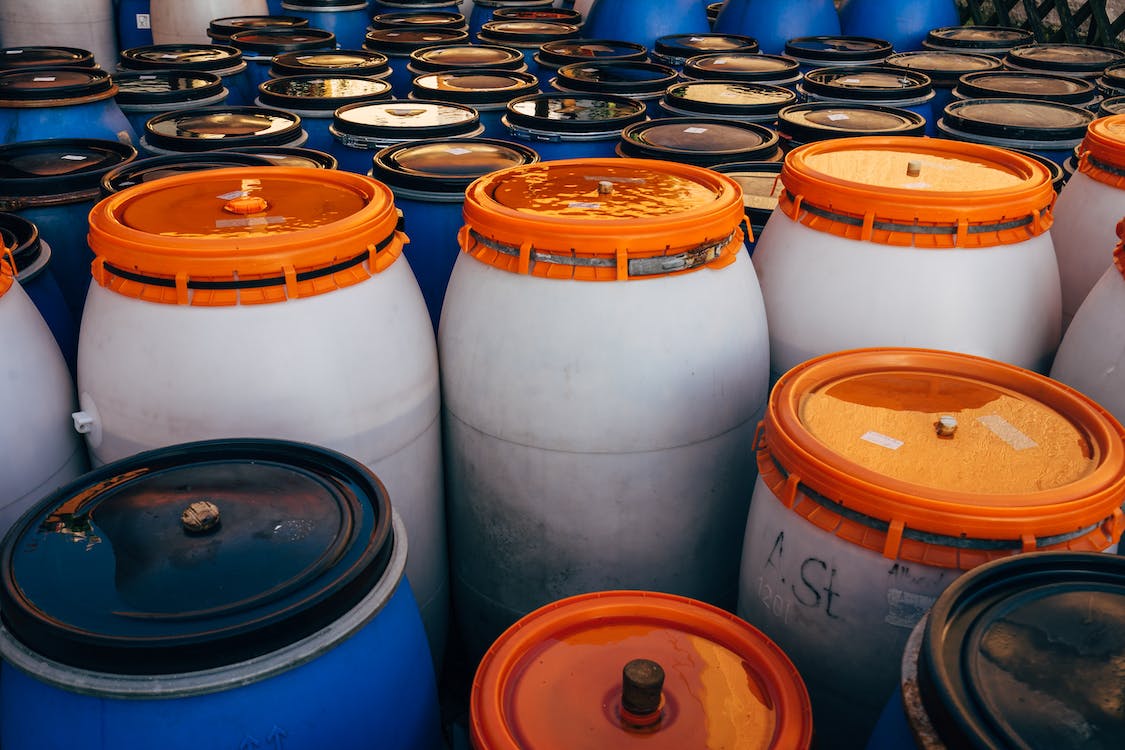Chemicals are required in all sorts of industries for all sorts of work. Thus, there should be no confusion as to why this market is so large and valuable. In fact, with time, the chemical supply and distribution market will only grow bigger.
According to Grand View Research, the worldwide chemical distribution market is expected to reach a value of $403.22 billion by 2030. Thus, it’s safe to say that the chemical supply business is definitely worth investing in.
However, while it can be profitable, this industry also comes with a set of inherent risks that need to be carefully managed. In this article, we will explore a few significant risks associated with a chemical supply business and discuss strategies to mitigate them.
Regulatory Compliance
One of the most prominent risks in the chemical supply industry is regulatory compliance. These regulations are in place for the safety of everyone involved in this line of work. Failing to comply with these regulations can lead to fines, legal action, and other consequences.
To mitigate this risk, chemical supply businesses must stay up-to-date with evolving regulations. This requires investing in compliance experts and dedicating resources to regular training and audits.
Additionally, maintaining accurate records of chemical products, safety data sheets, and compliance documentation is crucial to demonstrating compliance with regulatory authorities.
Businesses should also look into hiring dedicated personnel to oversee the fulfillment of these regulations. According to Glassdoor, you should expect to pay a chemical compliance officer around $67,866 per year. Those in a managerial role earn a little over $100,000 per year when working in chemical compliance-related positions.
Safety and Health Hazards
Handling and storing chemicals pose significant safety and health risks to employees and the surrounding community. Exposure to hazardous substances can result in accidents, injuries, or long-term health issues. Furthermore, chemical spills or accidents can lead to environmental damage, contamination, and potential legal liabilities.
To manage safety and health risks, chemical supply businesses should implement rigorous safety protocols and invest in training programs for employees. Adequate protective equipment, such as gloves, masks, and eyewear, should be provided, and safety guidelines strictly enforced.
Moreover, businesses should have emergency response plans in place to address chemical spills or accidents promptly.
When buying firefighting foam for fire safety, avoid the ones manufactured by DuPont, Chemours, and 3M. According to TorHoerman Law, these firefighting foams contain forever chemicals, exposure to which can lead to cancer.
Because of this, firefighter foam cancer lawsuits were filed against these manufacturers. Also known as the Aqueous Film Forming Foam – AFFF lawsuits, they aim to seek compensation for the AFFF firefighting foam victims. Chemical distribution businesses must be aware of such harmful products in the market and avoid using them for safety purposes.
Market Volatility
The chemical industry is known for its cyclical nature and susceptibility to market fluctuations. Changes in demand, shifts in consumer preferences, and fluctuations in raw material prices can all impact a chemical supply business’s profitability. Moreover, the global economic landscape can influence the demand for chemicals and their prices.
To address market volatility, chemical suppliers should develop robust risk management strategies. This may involve entering into long-term supply agreements with customers or diversifying product offerings to cater to different industries.
Staying informed about market trends and maintaining financial flexibility can also help businesses navigate uncertain economic conditions.
Environmental Liabilities
Chemical supply businesses often deal with substances that have the potential to harm the environment if not handled properly. According to the US EPA, chemical spills, leaks, or improper disposal can result in environmental contamination. These, in turn, can lead to legal liabilities, regulatory fines, and reputational damage.
Businesses should adopt eco-friendly practices, invest in environmentally responsible packaging and storage solutions, and adhere to strict waste disposal regulations. Additionally, having adequate environmental liability insurance coverage is essential to protect against unforeseen environmental liabilities.
Competitive Pressures
The chemical supply industry is highly competitive, with numerous players vying for market share. New entrants and technological advancements can disrupt established businesses, and price wars can erode profit margins.
Failing to adapt to changing market conditions and customer preferences can lead to business stagnation or decline.
Chemical supply businesses must focus on innovation, customer relationship management, and cost optimization. Investing in research and development to develop new products or improve existing ones can help maintain a competitive edge.
Building strong customer relationships through exceptional service and reliability can also help retain loyal clients and differentiate the business from competitors.
Conclusion
Based on our discussion so far, two things are crystal clear. Firstly, the chemical supply and distribution industry is indeed a lucrative one. Secondly, the risks associated with this business can lead to serious consequences.
Thus, it’s important to exercise utmost caution while exploring this particular industry. If not, growing the chemical supply business will become impossible.

